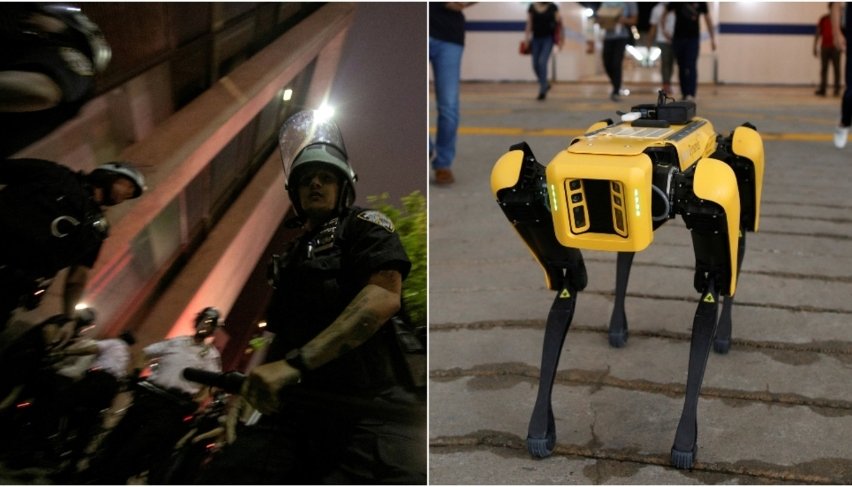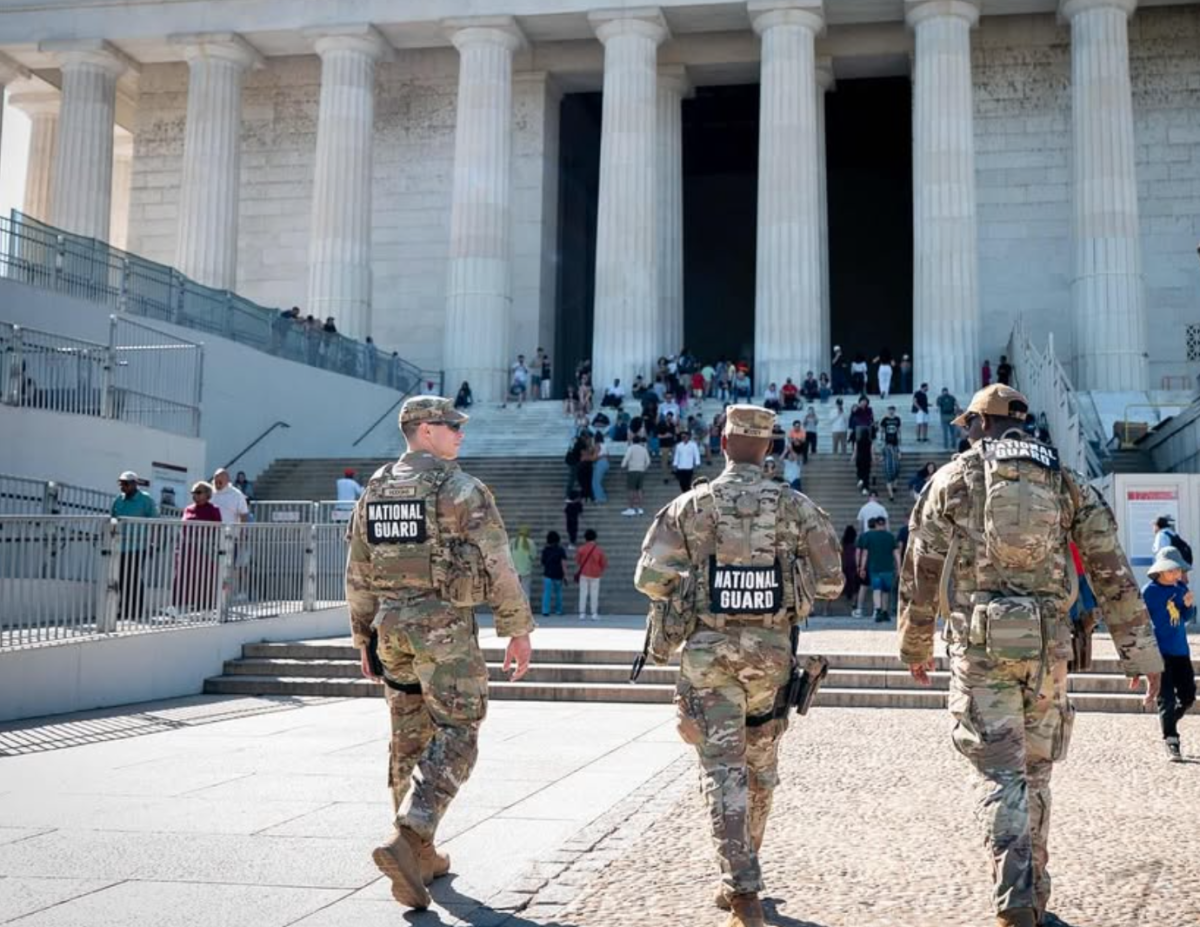The perpetually controversial New York City Mayor Eric Adams has decided that the best way to fight crime in the city’s subway network is with a 5-foot-2, 400-pound security camera that moves at a speed of three miles per hour. The K5 patrol unit, created by the California-based company Knightscope, is the mayor’s response to policing in this era of financial difficulty. The robot is akin to a heavily modified Roomba, as it autonomously patrols around a specific area with its own docking point that doubles as a charging station. The unit comes outfitted with 360-degree cameras for security monitoring and buttons that citizens can use to report crimes.
The attempted installation of the K5 security robot is simply another example of Adams’ irresponsible decisions with the money of New York City’s taxpayers, as he attempts to look for a quick and cheap way to cut costs rather than invest in the city’s future using the already-developed infrastructure. As New York faces a migrant crisis, housing instability and growing infrastructural concerns, attempts to cut funding for social and educational services to experiment with a higher-tech equivalent of a security camera is a bad look for the Adams administration. The K5 is the latest of Adams’ attempts to digitize the New York Police Department after his controversial endeavor to bring robot dogs to the police force.
This original attempt at technology implementation in the department has opened up a wave of controversy. Some, including Bedford-Stuyvesant and Crown Heights council member Chi Ossé, have accused the NYPD of stealing residents’ property and unfairly cutting funds to social programs to finance these unnecessary developments. It’s hard to disagree with the criticism, especially considering the administration’s past significant proposed budget cuts to non-NYPD government departments.
Additionally, the K5 has brought a slew of privacy concerns, with many worried about the robot recording its surrounding sound and collecting images for the use of artificial intelligence. The NYPD has claimed the robot would not be making use of the machine’s audio and AI capabilities, but these claims have not stopped public concerns regarding privacy and misuse.
Adams is particularly fond of the K5 due to its perceived low cost — only costing around $9 to lease per hour versus the $58,580 starting salary it would cost to pay a normal police officer. Cost-cutting has been this administration’s bread and butter; his most recent round of budget cuts is calling for NYC government agencies to reduce spending by 15% in response to the migrant crisis, although he has been cutting costs since the early days of his term. He previously received backlash from slashing funds towards libraries, universities and preschools back in January 2023.
However, this $9 cost fails to consider the extraneous details. Who is paying for the engineers currently stationed at Times Square to monitor the K5? Also, if New York’s police department is so strapped for funds to the point where paying officers to patrol the subway stations is too expensive, why was so much time, money and effort invested in hundreds of cameras already installed across New York’s subway system, not to mention the hundreds left to be installed? Better yet, if a violent criminal is on the subway platform, what is a robot in a completely different area of the station going to do about it?
Also, it is crucial to note that the K5 is not nearly as efficient as the Adams administration would like it to seem. The mayor claims that the K5 is beneficial to police officers because it doesn’t need bathroom or meal breaks. Adams is correct — instead of the traditional 60-minute lunch break and a few five-to-10-minute trips to the bathroom per shift, the K5 unit will diligently patrol the station for two hours until taking a 30-minute break to charge, according to Knightscope’s website.
According to The New York Times, the eventual goal for the K5 is for it to be able to patrol the mezzanine of stations, allowing it to function as a moving camera that strangers can use to call for help. Why is a help button attached to a mobile camera needed when there are often dozens upon dozens of officers at a more populated station?
The answer is simple. Many officers aren’t actually patrolling the subway system, even after Mayor Adams and New York Governor Kathy Hochul pledged to increase police presence nearly a year to the date this article was published. When on a subway platform, there are oftentimes never cops around to see in times of crisis. If a person is being harassed or followed, there often isn’t a cop to turn to, either on or near the platform.
Instead, they’re more than likely posted a few feet away from the turnstiles, hidden from the view of people who might dare to hop the turnstile and avoid paying the $2.90 fare. Or, like at Grand Central Terminal subway station, they all tend to gather in front of the turnstiles, talking amongst themselves or menacing any passersby whom they might suspect of fare evasion, one hand on their ticket book and another on their cell phones.
I can’t help but conjure up the image of Mayor Adams, known for his partying lifestyle and fragile ego, hunched over his cell phone at a function as he watches the K5 livestream while patrolling a random subway mezzanine. The camera diligently records the goings-on at the station: most people walking in a rush to the platforms, a few buskers playing music, a vendor selling fresh fruit and cops guarding a turnstile ready to pounce on an unsuspecting fare evader. “There,” he thinks to himself as he sips on a flute of champagne, “I’m saving New York City.”
Damien Moshman, FCRH ’25, is a political science and journalism major from Princeton, N.J.









































































































































































































